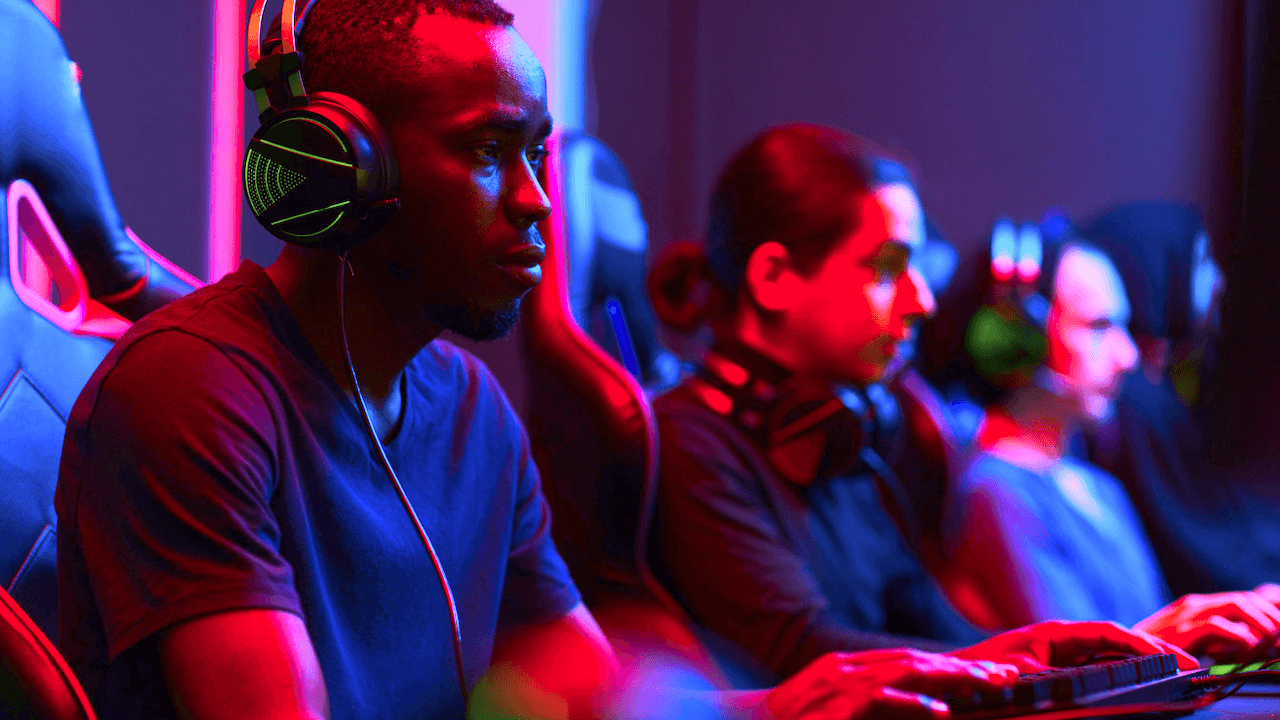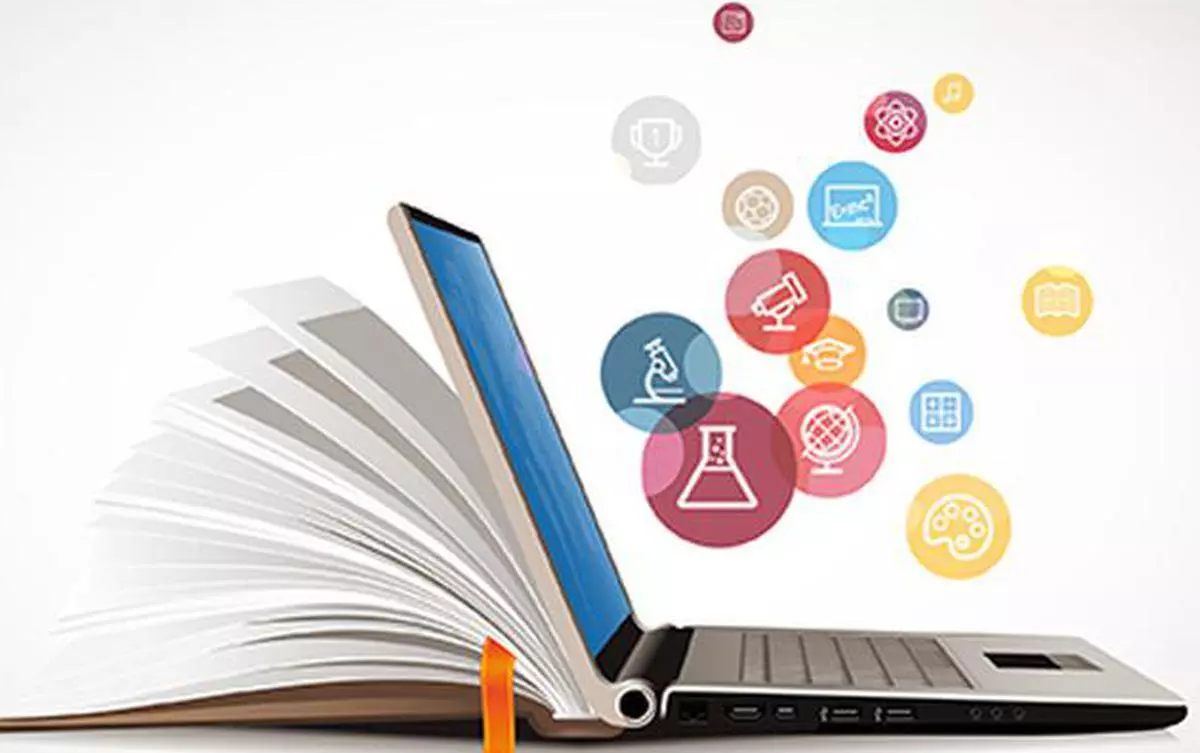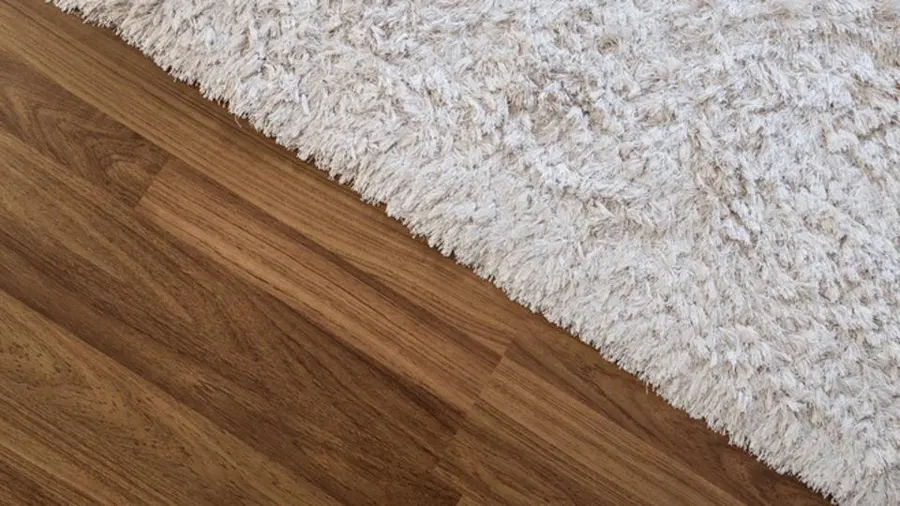Exploring the Intersection of Technology and Art
Art and technology also have a complex relationship, one that has revolutionised the way that artists work as well. Whether they draw with software or cut paper with lasers to create multidimensional works challenging space-time theory, artists use new technologies to say important things in important ways.
On the other hand, technological interventions in the context of activities associated with the creative arts have a way of subverting the status quo, thereby initiating a process of evaluating artistic conventions. Read more about this fascinating phenomenon at The Intersection of Technology and Art.
Artificial Intelligence
‘AI’ finds its common definition and flagship among a broad set of bleeding-edge technologies: machine learning (a computer’s application of statistical analysis on large datasets to automatically learn and improve performance); natural language processing and computer vision (a computer’s ability to understand human language or to recognise physical objects); automation ( AI performing tasks that normally require human intelligence), and more. Many businesses now depend on a slew of AI tools to do better than guessing at consumer behaviour, automating processes and improving their products.
Here are some ideas how AI could aid artists. It could help an artist to work faster and more efficiently, to explore different styles, and to automate certain parts of processes to make them smarter, easier and quicker. But just to reiterate, at the end of the day, AI will never be able to replace a creator’s own creativity.
Indeed, the threat that artificial intelligence poses to their livelihoods might be particularly tough for former artists to accept. Especially when they have spent years of their lives, investing intangible ‘soul’ into selecting colours, mixing pigments or engraving enamel patterns. For these artists, the rise of AI-made art can feel like a personal betrayal – as if consumers and collectors are choosing a ‘machine vampire’ over a real, living human being.
And on the flip side, AI can help artists improve their craft and grow their market; doubtless it also increases the number of people who can now access art (for example, by overcoming the limits of poor eyesight or other artistic accessibility barriers).
Performance Art
As more and more artists are working with robots, their output has grown in number, diversity and scope. These artist collaborations can be seen as thought experiments, as artists experiment with different materials and motifs, while allowing the audience to interact with their creations.
Performance art is a form of conceptual art in which the performance of a concept by a live actor is the medium. An audience ‘reads’ the message embedded in the behavioural performance, which might trigger a mental response in the audience, without necessarily having any known aesthetic effect. As a form, performance art can contain any other art form, for example music, dance, poetry or film; performers may cross-reference various arts and subvert the boundaries of traditional art forms in order to ‘prove’ that ‘No object is exempt from interrogation.’
More and more, arts organisations are using technology as a way to reach and engage audiences, but many still don’t know how to most effectively use this tool. Audience members reported cell phones ringing and texting disrupting performances and making audiences less likely to remain committed to live performances. Online media use was reported to cause the audience’s attention span to wander and making it more difficult for them to stay focused on live performances.
Animated Storytelling
Animation, graphics and visual storytelling are digital tools that can help communicate complicated realities in an easily comprehensible way. Whether it is animation, graphics or visual storytelling, whatever the art form, there’s no denying that anything that can engage audiences and trigger their emotions will ultimately lead to meaningful action within them.
Audiences of animated features and short films can laugh, cry and experience empathy as they follow storylines, while animated stories can offer persuasively to communicate a serious message via the personalisation of a character and the establishment of character-to-viewer rapport.
Stories seem to have an extra dimension: animated storytelling seems to lend itself especially well to sensitive subjects. It helps that this former child soldier was profiled against the work of British animator Joanna Quinn. Through the use of subtle sound effects – chains thumping, rattling and so on – animators can shadow distressing scenes more obviously than by simply letting the viewer see the subject in distress. (Also, the viewer must fill in some of the details.)
Digital Painting
Digital paiting is the art of work done by software on a computer which is then interpreted as a piece of visual art.Digital painting is a term to describe the process where a painter uses a computer software to do his work, which gives us the impression of not having a brush and canvas for visual art expression.The position between traditional and digital art remains unclear and it is known that digital paiting is still very limited with designer’s professional capabilities.However, digital painting greatly provides space for workplace creativity for an artist which is absolutely positive.
Digital painters using software such as Procreate can fake oil painting techniques, like a brushstroke made from oil paint, watercolour or pastels. The artist can experiment with textures and colours while retaining the ability to quickly change textures in the painting (or ‘canvas work’) at any point.
Digital paintings can be used to collaborate or offer feedback which in turn will make the work more faster and it will be easy for meeting deadlines of the client.
It isn’t always everybody’s cup of tea, but digital painting is a truly wonderful art form, and with substantial skills can result in artworks that take your breath away. Digital art, to be successful, does rely on really good foundation skills, otherwise there is no hope of getting ideas down on the digital canvas – hence our clear roadmap for the traditional and digital painting skillsets.











